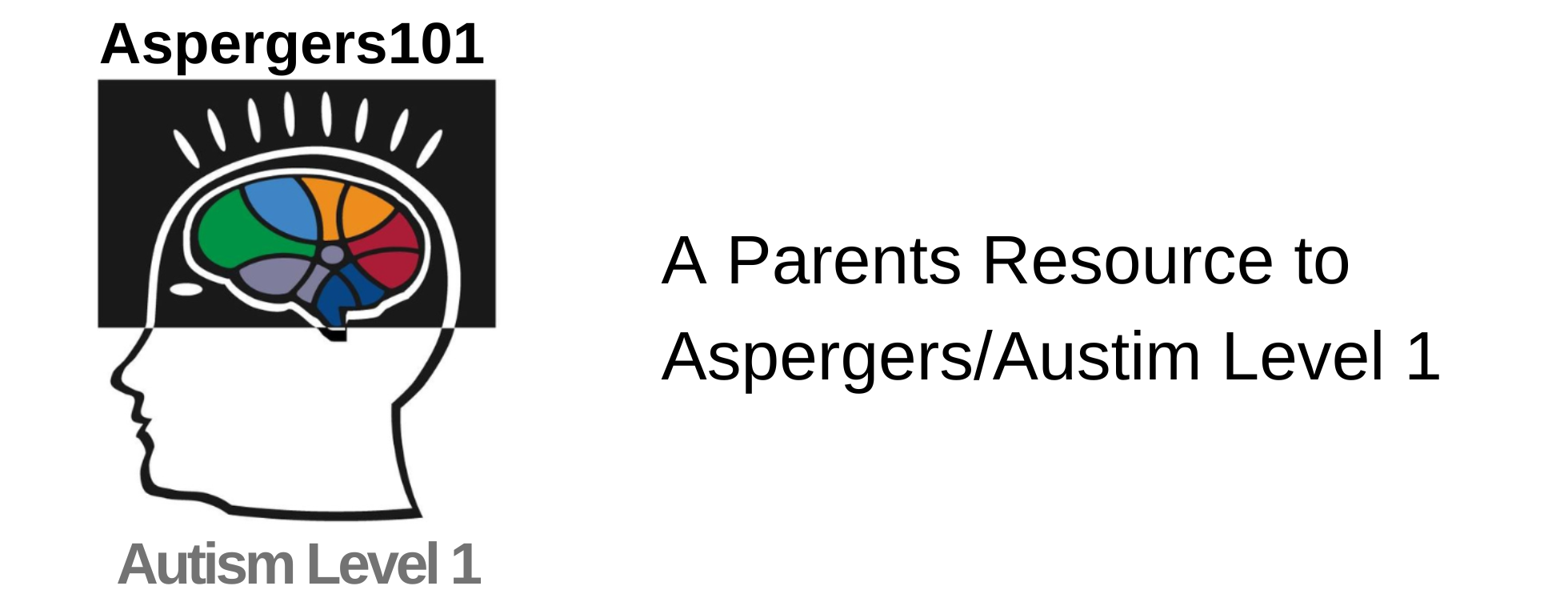As with the senses of sight and hearing, sometimes one or more of the senses are either over- or under-reactive to stimulation. This is also true for the sense of touch. For some persons with an Autism Spectrum Disorder, certain textures feel uncomfortable or even painful. For these individuals, the idea of a hug or even accidentally brushing up against something may be highly stressful. In order to prevent this negative tactile experience, much energy and focus is spent avoiding situations that increase the likelihood of such events.
Imagine lining up where there are others in front of you and behind you. The chances of being accidentally touched by either person may cause the simple act of lining up to be highly stressful and anxiety provoking. For individuals that do not like the feel of certain textures or things, parents and teachers may consider the following types of supports:
Supports for Sensory Issues Regarding Touch
- Clothing adjustments: worn or softer clothes, remove tags, cover seams, etc.
- Seating options that provide a safe barrier from others: bean bag or chair during large group activities, remain at desk while others sit on the floor, etc.
- Lining up options: stand at the front or back of the line to increase control over distance from others
And still for others with sensory differences, they might actually seek out certain types of touch. There are some individuals with an Autism Spectrum Disorder that like big hugs or touching certain textures. For these individuals, occupation therapists [OT] can help to identify activities or equipment that can help provide this sensory feedback throughout the day.
With the expertise and input of an OT, weighted vests/blankets, wiggle cushions and other materials may be recommended. Some individuals that seek out pressure find comfort in a body socks. This neat multisensory “time in” tool is excellent for providing calming/organizing deep pressure input, and for developing motor planning, spatial, and body awareness. Body socks can be wonderful for tactile and deep pressure proprioceptive seekers, and even for those who are tactilely defensive.
Excerpt from Autism Research Institute
“Tactile defensiveness is a condition in which an individual is extremely sensitive to light touch. Theoretically, when the tactile system is immature and working improperly, abnormal neural signals are sent to the cortex in the brain which can interfere with other brain processes. This, in turn, causes the brain to be overly stimulated and may lead to excessive brain activity, which can neither be turned off nor organized. This type of over-stimulation in the brain can make it difficult for an individual to organize one’s behavior and concentrate, and may lead to a negative emotional response to touch sensations.”
The next blog in this series discusses sensory issues regarding taste.
By Lisa Rogers
The Education (K-12) Blogs and Special Ed Q & A are written and maintained weekly by Lisa Rogers with Educating Diverse Learners. Lisa received her M.A. in Special Education with an endorsement in the area of individuals with severe disabilities. Mrs. Rogers has also created products that have been used throughout the state of Texas for training purposes. Through the Association for Texas Professional Educators [ATPE], Ms. Rogers has produced an online course that targets the importance of visual strategies for student with autism spectrum disorders and just released her highly anticipated book titled: Visual Supports for Visual Thinkers.



